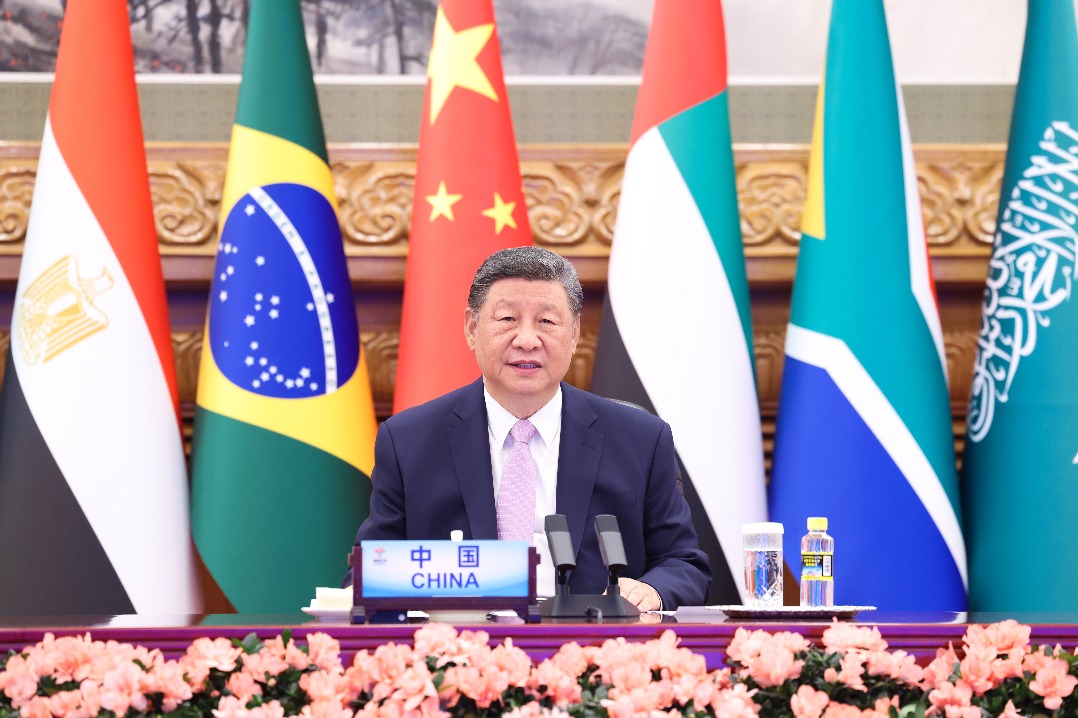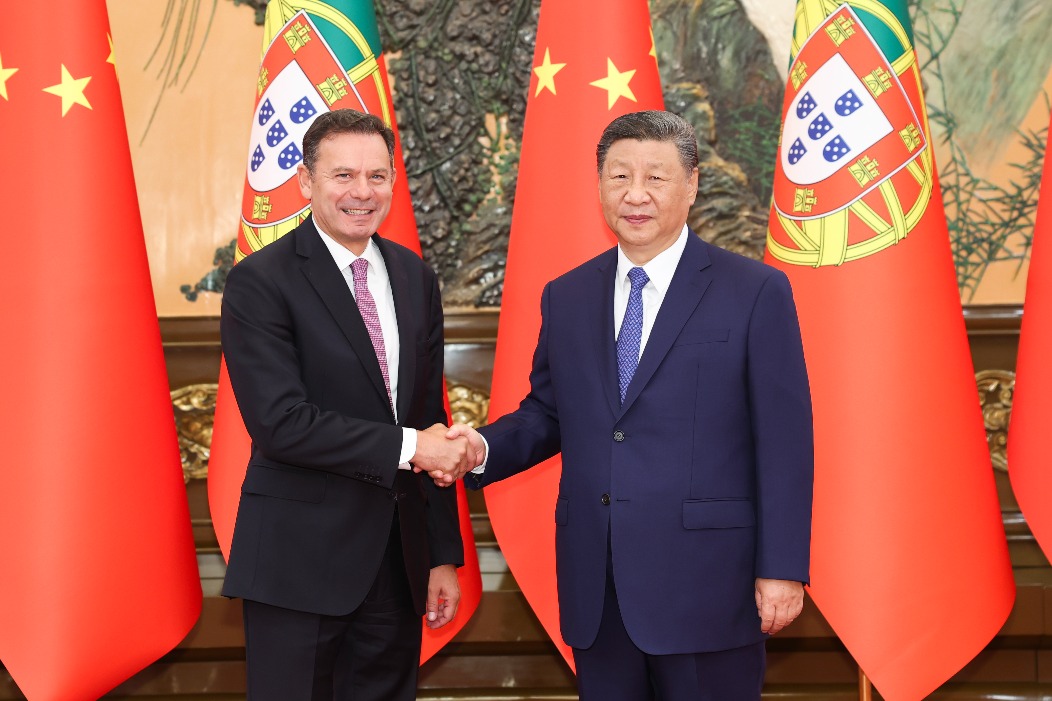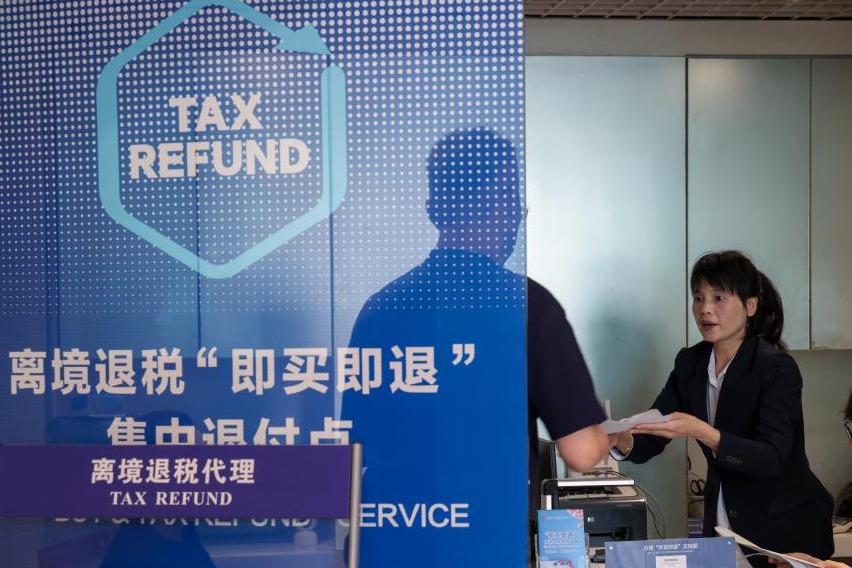The year signaling a new booming period

The world economy is showing definite signs of recovering growth. The international Monetary Fund has revised up its forecast for global growth in 2018 to 3.7 percent. In China, however, there is a debate on whether the country’s economy has entered a new booming period of growth. Market watchers, with a bit anxiety, are waiting for the upcoming annual Economic Work Conference to set the tone for the government’s take on the economy next year.
The anxiety is unwarranted if one takes a look at some of the key economic indicators. As a measure to stop capital flight following the devaluation of the yuan since August 2015, the government started a rather strong stimulus package in the first quarter of 2016. Its impacts were immediate. Local governments increased their investment in infrastructure; the housing market recovered (although later it was stabilized by the government); commodity prices regained much of the losses they had incurred in the previous several years; and industrial profitability improved.
Moreover, what has happened in China has had a significant spillover effect on the global economy — global recovery benefited from China’s faster growth, which in turn has stimulated China’s own growth. One of the brighter signs is that after two years’ decline, exports began to grow again in 2017.
Historical data provide a clear regularity for China’s business cycles: accelerated growth lasted six to seven years followed by roughly the same period of deceleration. Since 1992, there have been two booming periods, 1992 to 1997 and 2004 to 2010, and two decelerating periods, 1998 to 2003 and 2011 to 2016. Judging by this regularity, it will be safe to assume that 2017 is the starting year of a new booming period.
That is not to say there may not be headwinds for China’s economy. One of the uncertainties is whether the government will continue to tighten up the market. The recovery starting from last year has been clearly led by investment in infrastructure and housing, prompting many people to believe China has reverted to its old investment-driven growth model.
The authorities, though, probably knew from the beginning that investment was only a tentative measure to boost domestic demand amid the risks of capital flight. That is why the investment policy, as well as the housing policy, has been tightened since the end of last year. This in turn has had a direct effect, slowing down the economy — the year-on-year growth rate has declined over the months this year. Anticipating the tight policy to continue, the market is forecasting a low growth rate of 6.5 percent for next year.
A stronger headwind may come from the other side of the Pacific. US President Donald Trump has won a major victory by getting his tax cuts plan through the Congress. While the US tax bills’ long-term effects are unclear, this round of tax cuts will, in the short term, boost growth and consumption in the United States. In general, this should not be bad news for China. Because of the close economic links between the two countries, a booming US economy will have a positive spillover effect on the Chinese economy. However, China may face the challenge of stopping capital flight again because a strong US economy is likely to attract more capital.
This will be aggravated by the US Federal Reserves’ move to raise the interest rate. The Fed has already announced three interest rate hikes are expected next year. It looks like a repeat of the early 1980s, when President Ronald Regan announced a major tax cut, and the then Fed chairman Paul Volker aggressively raised the interest rate. The result was a modest recovery of growth, but significant appreciation of the dollar. This time, the appreciation of the dollar will again be a big probability event.
Against these headwinds, the Chinese economy needs a more accommodating government policy to sustain economic growth. The coming year will not be an eventless one; the Chinese authorities need to prepare for unexpected surprises. But robust growth will prevent the Chinese economy from slipping into the kind of disorderly depreciation and capital outflows that it experienced in the later months of 2015.
The author is Cheung-Kong Scholar and Boya Chair professor, and the dean of the National School of Development, Peking University.
Today's Top News
- Huangyan approved as nature reserve
- Establishment of Huangyan Island nature reserve safeguards its marine environment
- Defense minister: Containment efforts unworkable
- Huangyan Island National Nature Reserve gets official go-ahead
- Defense leaders from over 100 countries to attend Xiangshan Forum
- China honors model teachers in celebration of Teachers' Day






























